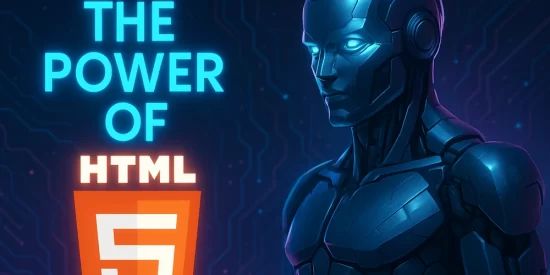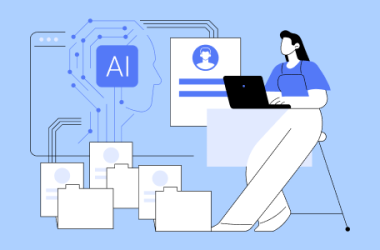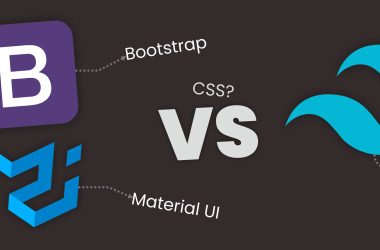Welcome to the grand finale, HTML trailblazers! 🎉 We’ve journeyed far in our The Power of HTML series—from introductions in Part 1 to AI-generated code in Part 20 and rendering AI apps in Part 21. In this closing Part 22, we’re gazing ahead to HTML’s future, spotlighting WebAssembly for high-performance integration, AI’s deepening role, and bold predictions for 2025 and beyond. As of July 20, 2025, HTML’s Living Standard continues to evolve, adapting to a web dominated by speed, intelligence, and interactivity.
HTML isn’t fading—it’s the resilient foundation enabling these advancements, from semantic enhancements to seamless embeddings. Tools like ChatGPT (widely used for futuristic prototypes) or Grok (perfect for speculative code refinements) can even simulate future features. Prompt: “Generate hypothetical HTML for AI-integrated elements in 2030.” Let’s predict and recap!
WebAssembly: Boosting HTML’s Performance Edge
WebAssembly (Wasm) is HTML’s high-octane partner, allowing near-native speed for computations in the browser—ideal for games, simulations, or AI models. In 2025, Wasm modules integrate via HTML’s





